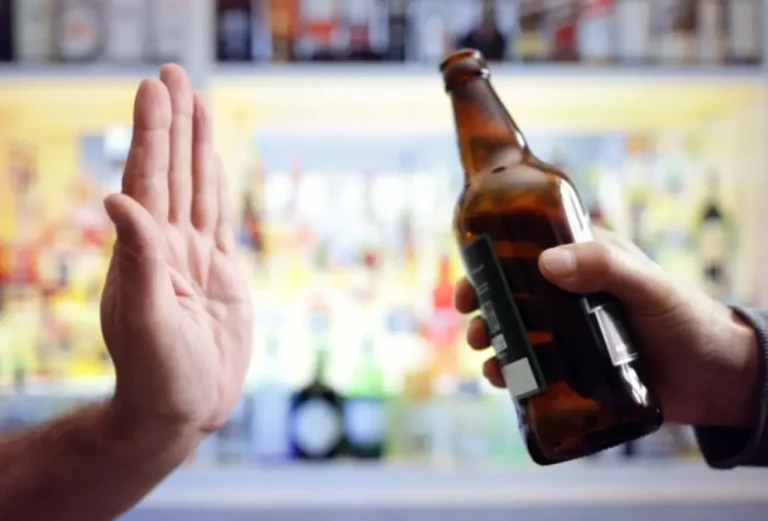
This is why diagnosis and subsequent treatment can sometimes be challenging, but it’s crucial to receive a proper and timely diagnosis to obtain the correct treatment. Alcoholic ketoacidosis (AKA) is a condition that presents with a significant metabolic acidosis in patients with a history of alcohol excess. The diagnosis is often delayed or missed, and this can have potentially fatal consequences. There are a variety of non-specific clinical manifestations that contribute to these diagnostic difficulties.
What are the symptoms of alcoholic ketoacidosis?

The low glucose stores combined with lack of food intake cause low blood glucose levels. Without insulin, most cells cannot get energy from the glucose that is in the blood. Cells still need energy to survive, so they switch to a back-up mechanism to obtain energy. Fat cells begin breaking down, producing compounds called ketones. Ketones provide some energy to alcoholic ketoacidosis pathophysiology cells but also make the blood too acidic (ketoacidosis).

Alcoholic Ketoacidosis Symptoms
- In starvation ketosis, a mild ketosis is noted to develop in most after 12–24 h of fasting.
- The clinical importance in recognizing AKA from DKA is demonstrated by cases of patients who were treated as DKA and developed severe hypoglycaemia as a result of inappropriate insulin administration 8.
- Your prognosis will be impacted by the severity of your alcohol use and whether or not you have liver disease.
- Subsequent fluid resuscitation and monitoring were instituted.
Excessive alcohol consumption often causes malnourishment (not enough nutrients for the body to function well). Following resuscitation, our patient had plasma electrolyte levels corrected, nutritional supplementation provided and completed an alcohol detoxification regimen. Given the early recognition of AKA and concurrent management, our patient had a good outcome. She was discharged home and has been well on follow-up appointments. If you develop any of these symptoms, seek emergency medical attention.

Alcoholic Ketoacidosis Treatment and Diagnosis

If a person is already malnourished due to alcoholism, they may develop alcoholic ketoacidosis. This can occur as soon as one day after a drinking binge, depending on nutritional status, overall health status, and the amount of alcohol consumed. When your body burns fat for energy, byproducts known as ketone bodies are produced. If your body is not producing insulin, ketone bodies will begin to build up in your bloodstream. This buildup of ketones can produce a life-threatening condition known as ketoacidosis.
How do doctors treat alcoholic ketoacidosis?
This ketoacidosis is similar to the ketoacidosis that occurs in diabetes except that, unlike in diabetic ketoacidosis, blood glucose levels are low. Alcoholic ketoacidosis (AKA) is a clinical syndrome seen mostly in patients with chronic alcohol use disorder and frequently seen in patients who binge drink. Typical patients are usually chronic drinkers who are unable to tolerate oral nutrition for a 1 to 3 day period. Patients often have a recent bout of heavy drinking before the period of relative starvation, with persistent vomiting and abdominal pain contributing to their inability to tolerate PO intake. AKA can be an unrecognized cause of patients presenting with a severe metabolic acidosis, including the presence of ketones.
- Fat cells begin breaking down, producing compounds called ketones.
- Alcoholic ketoacidosis doesn’t occur more often in any particular race or sex.
- Seeking help as soon as symptoms arise reduces your chances of serious complications.
